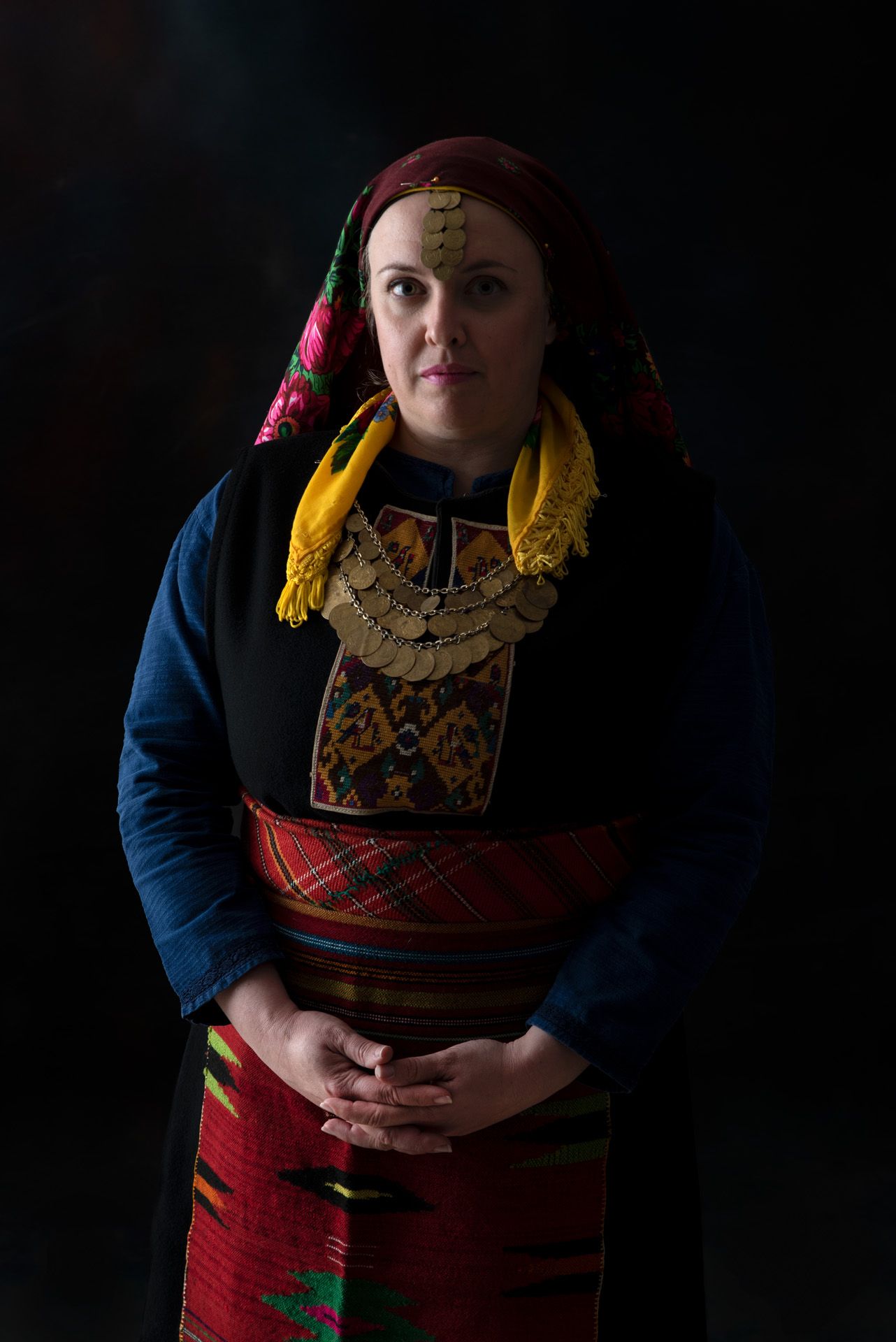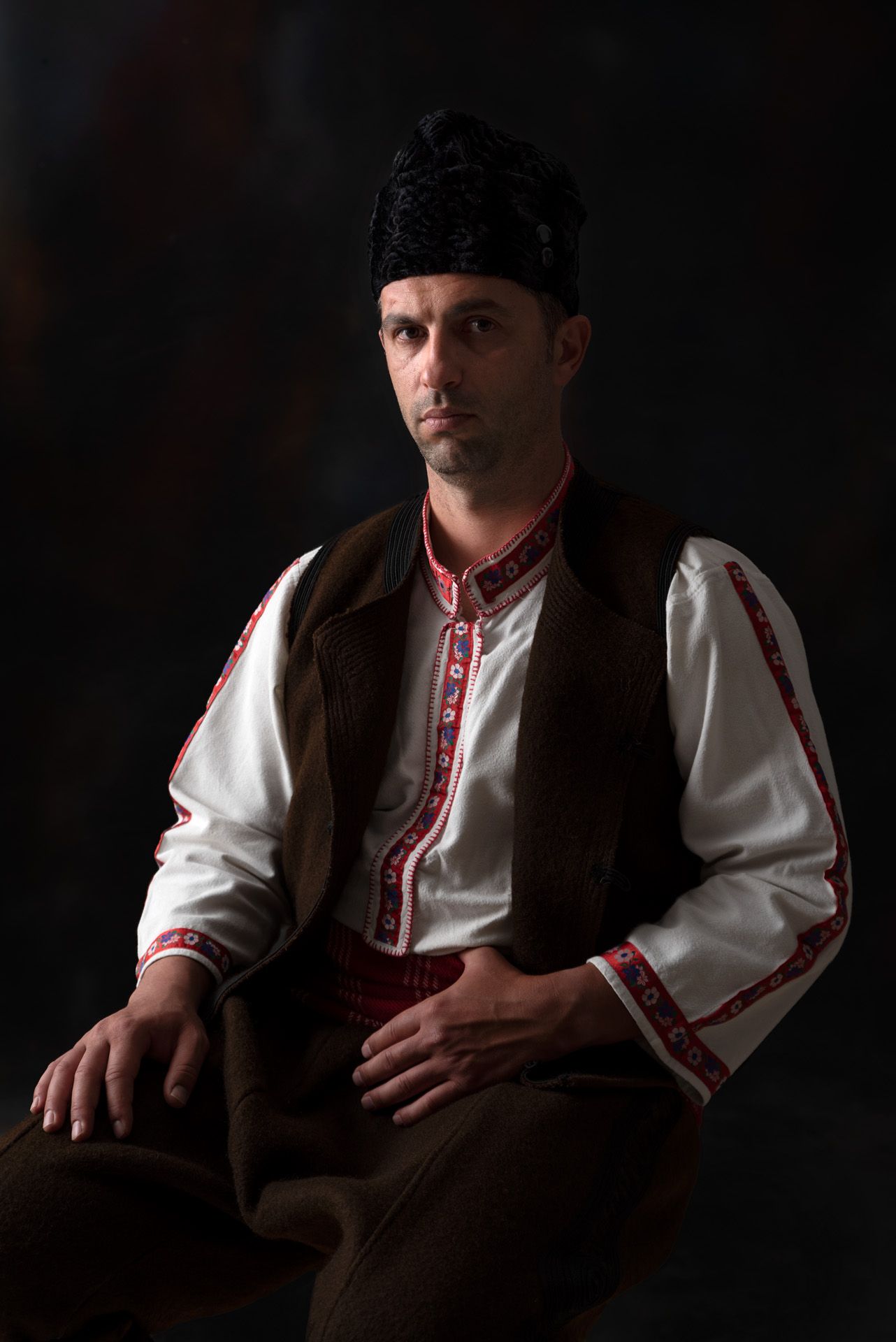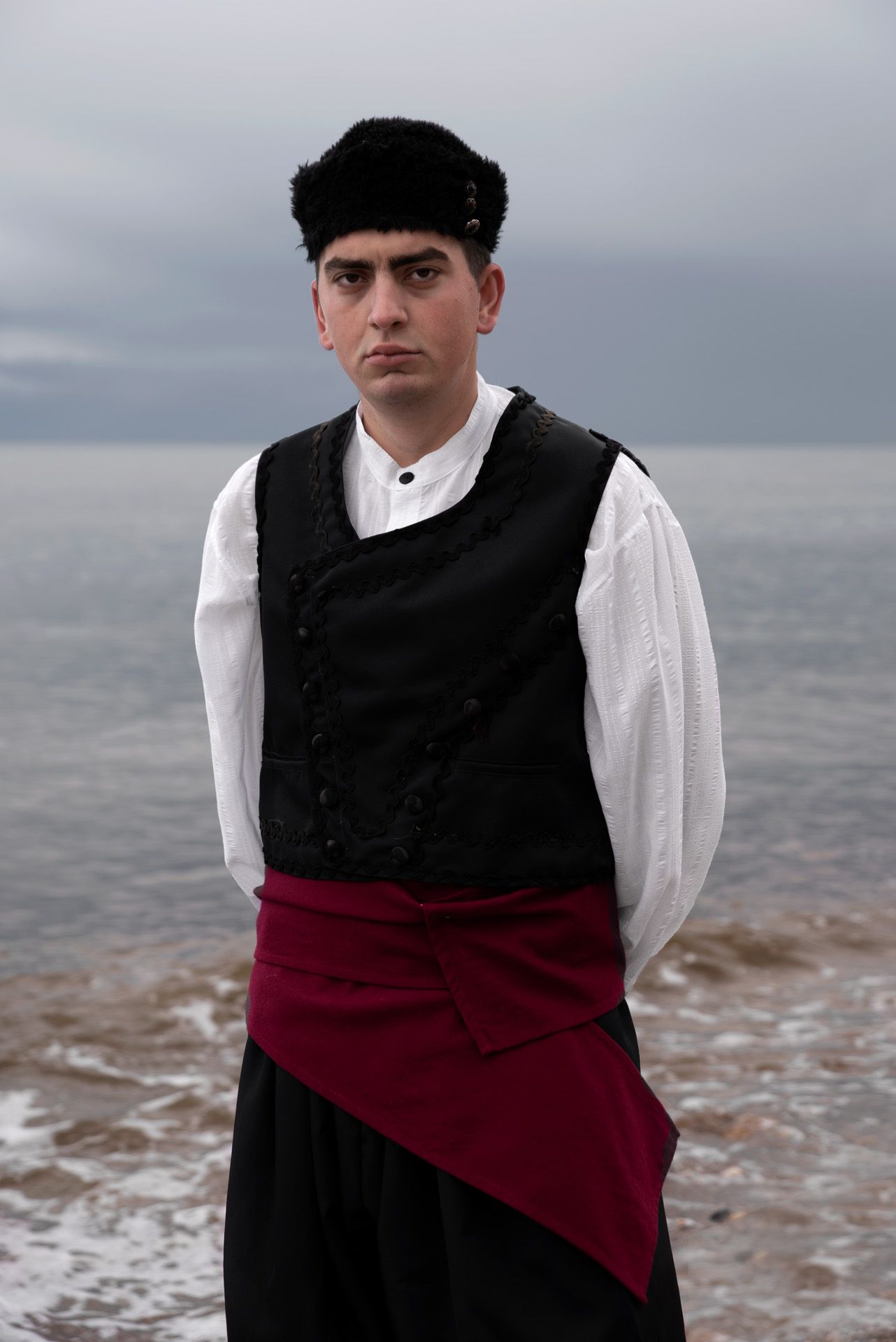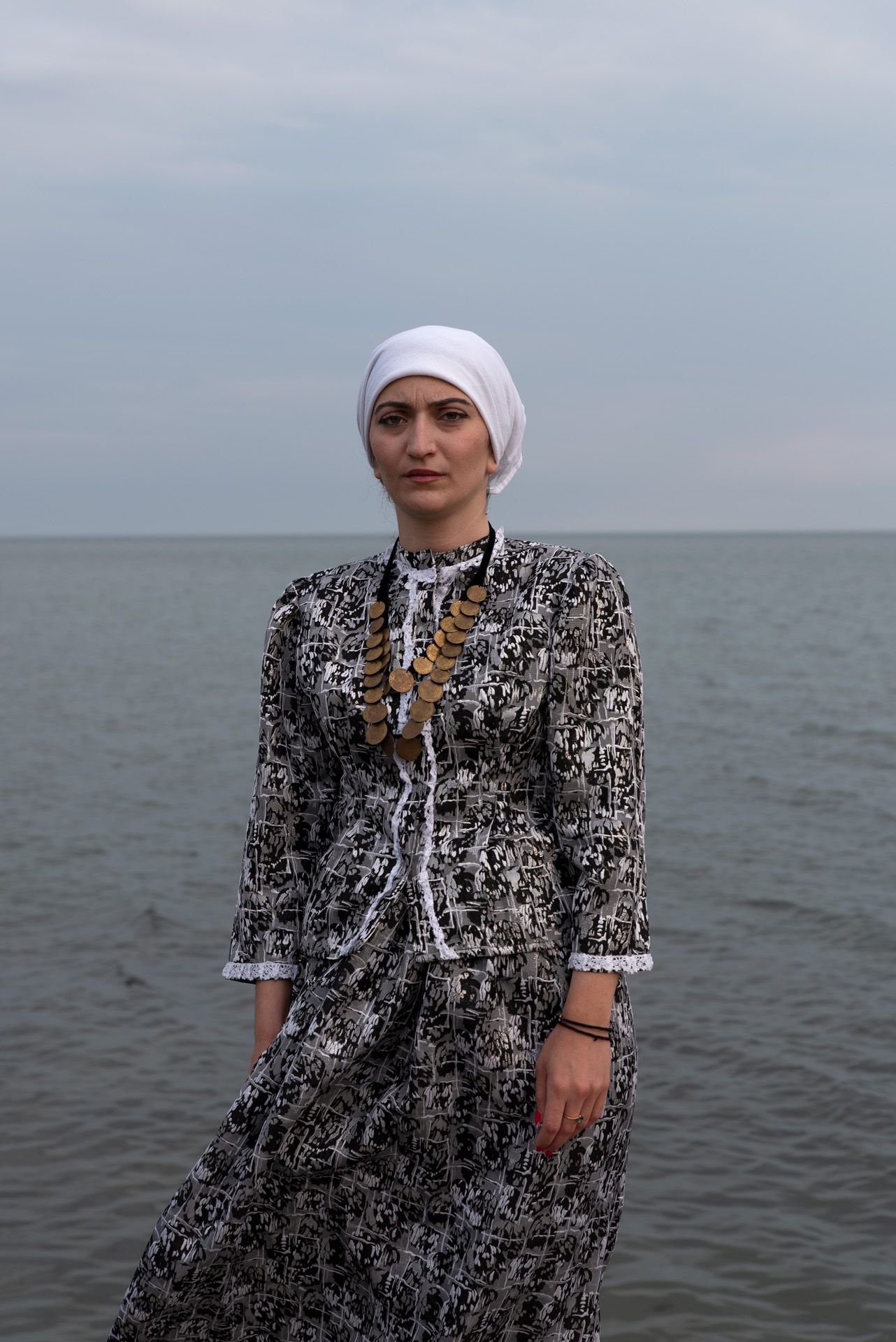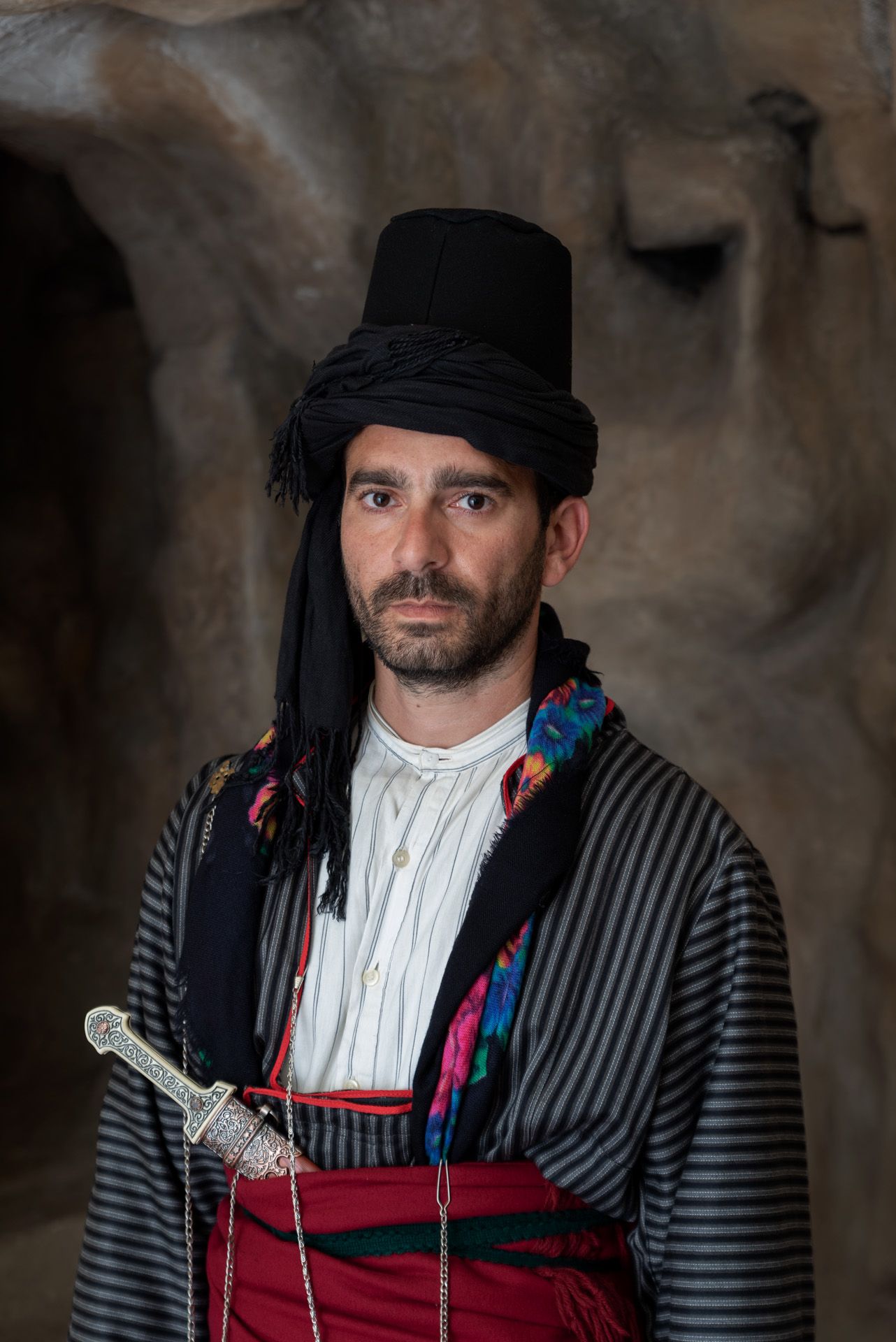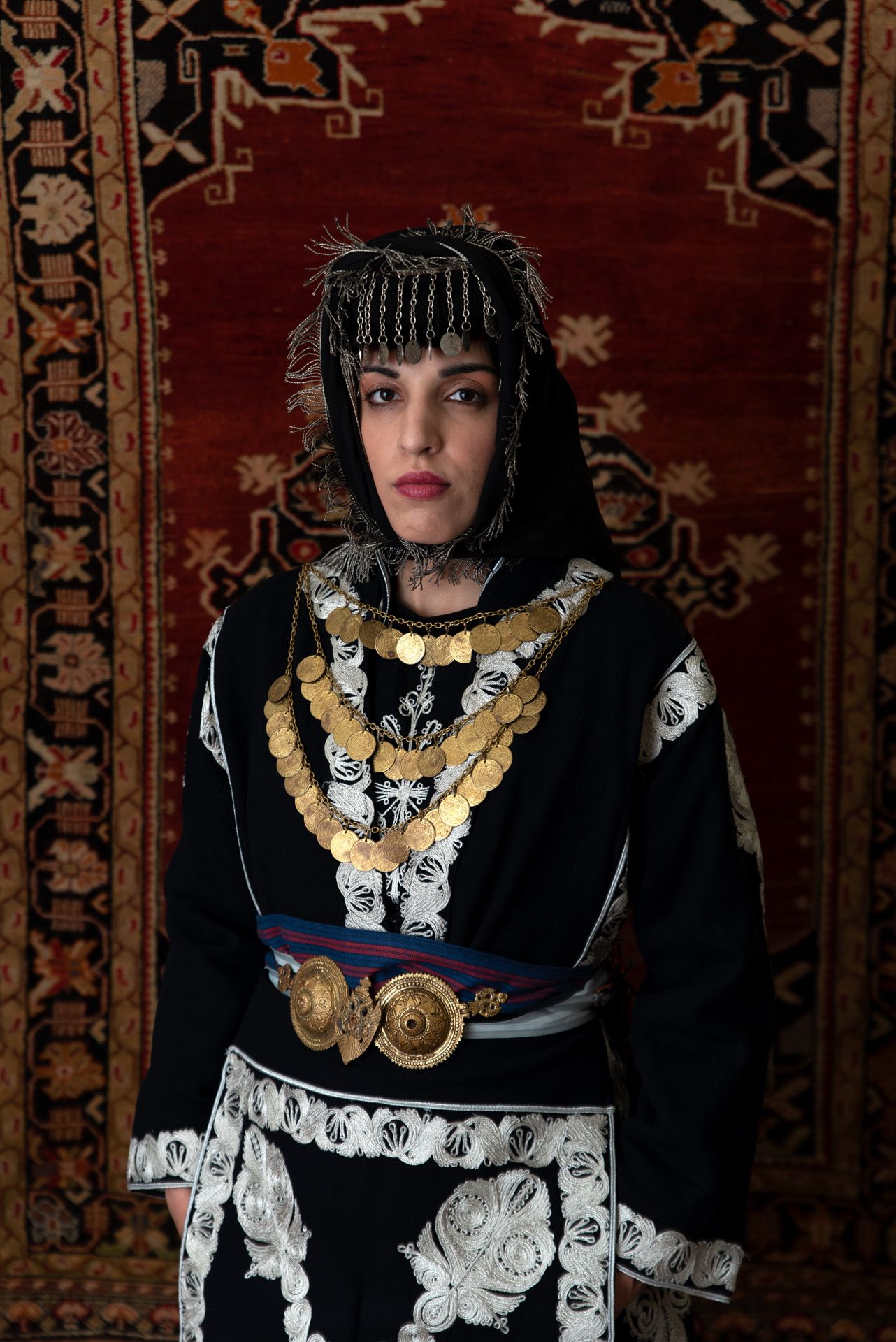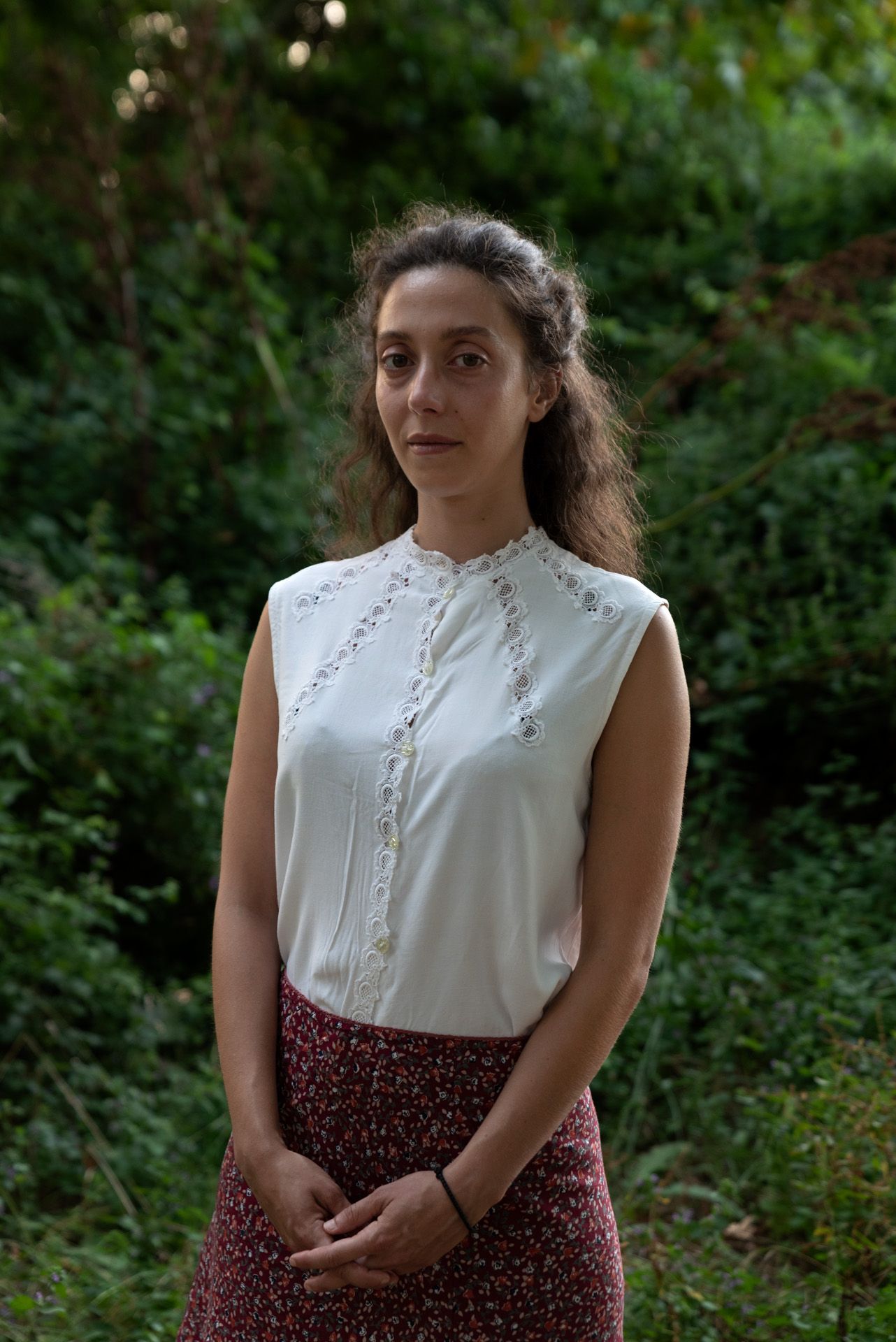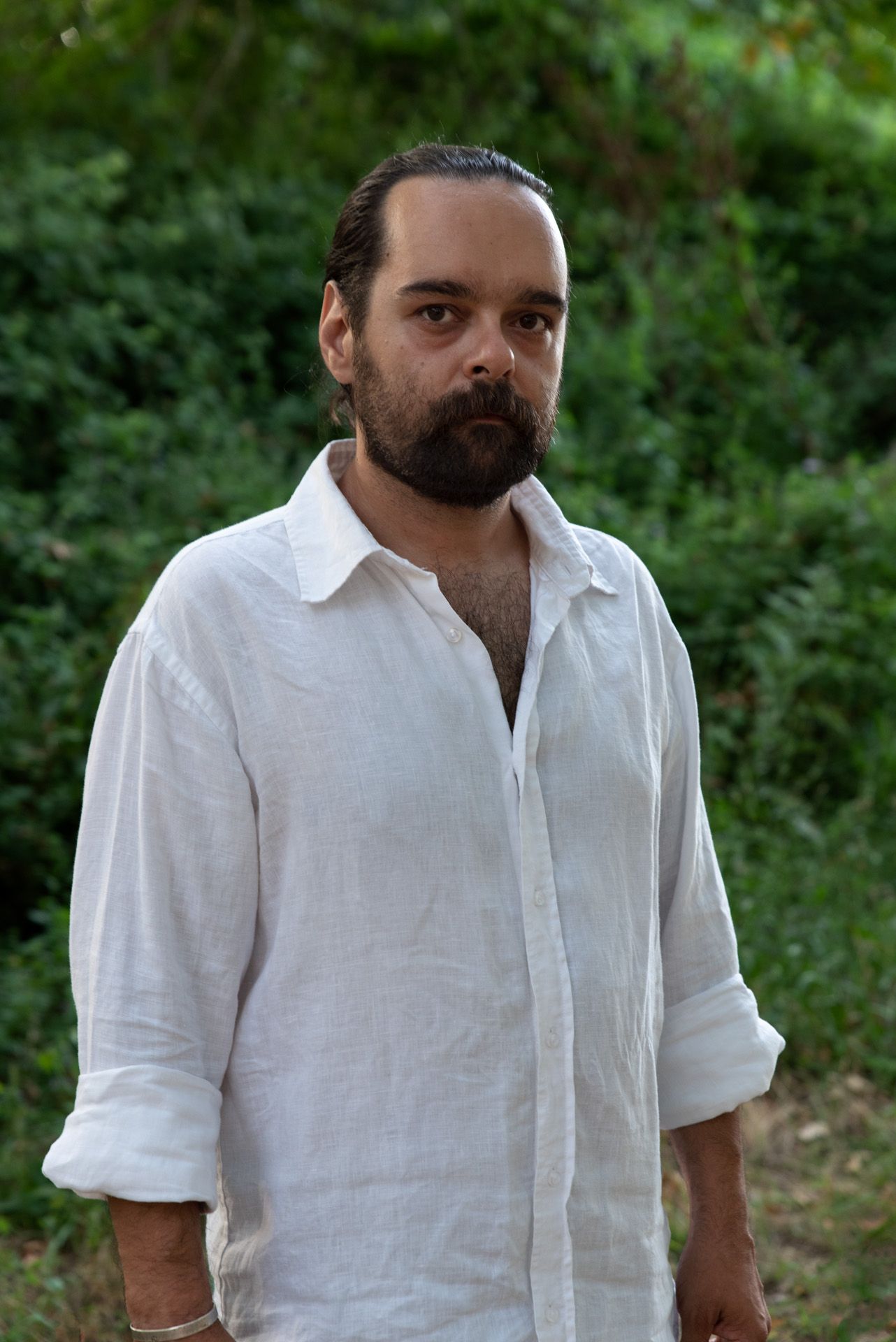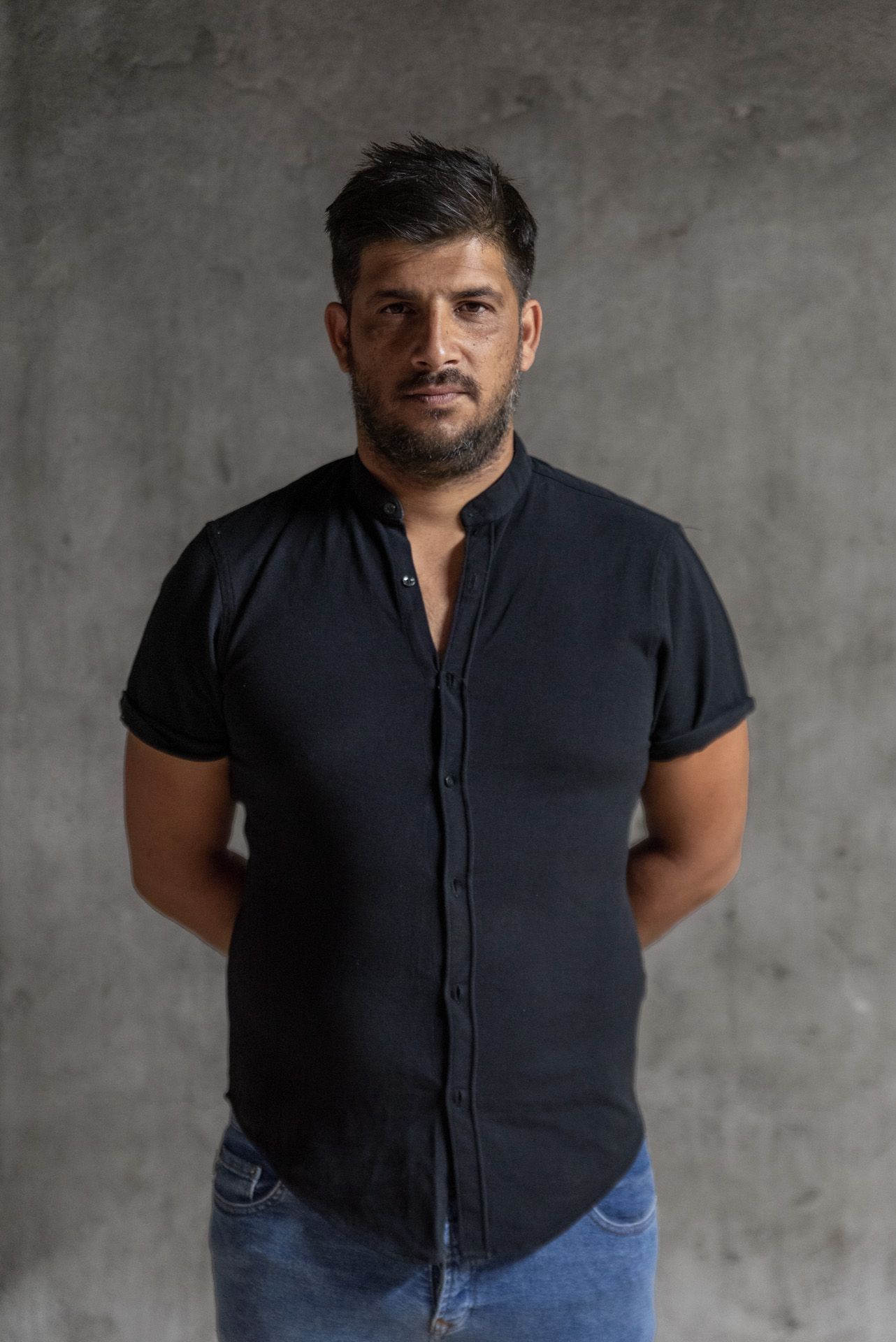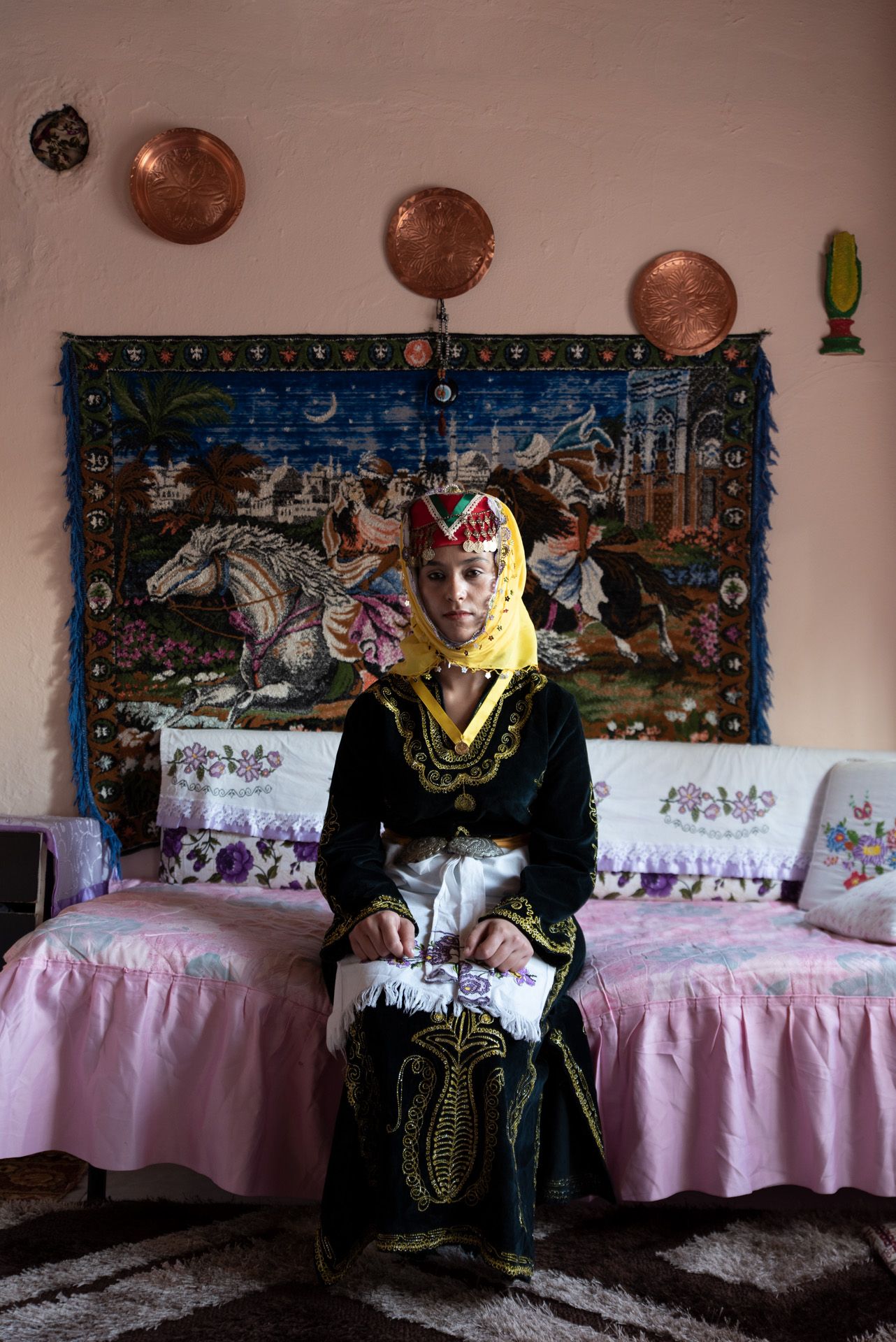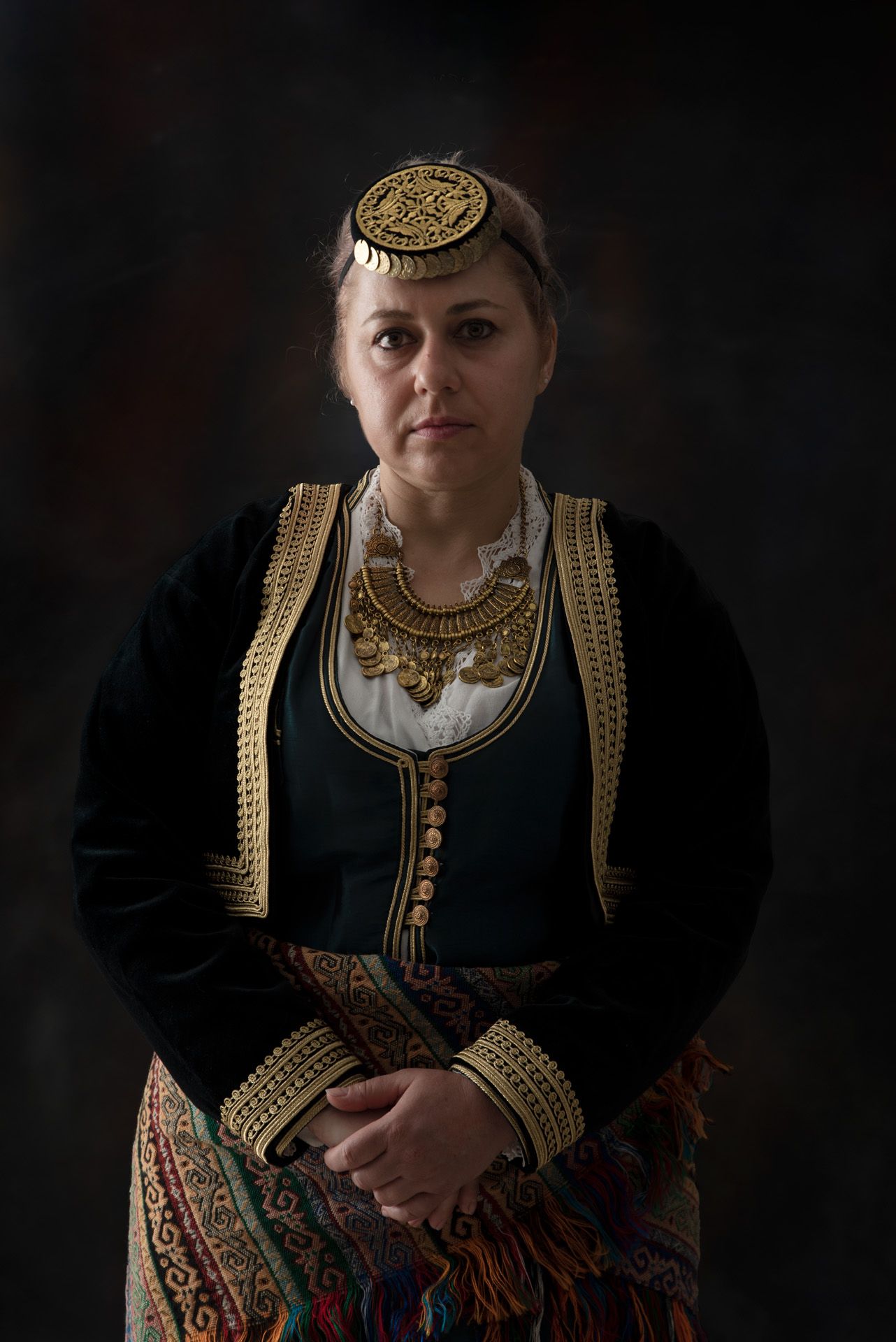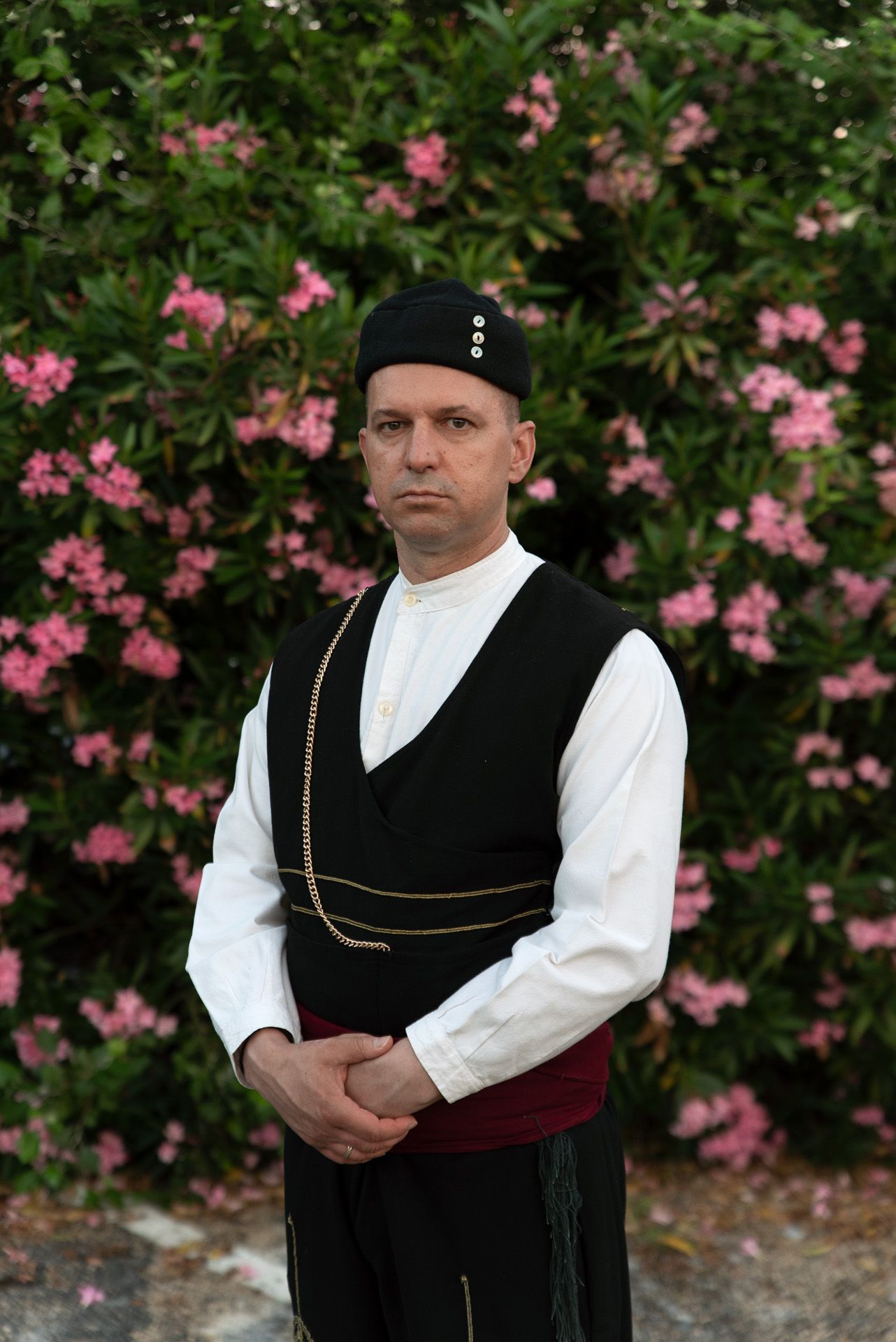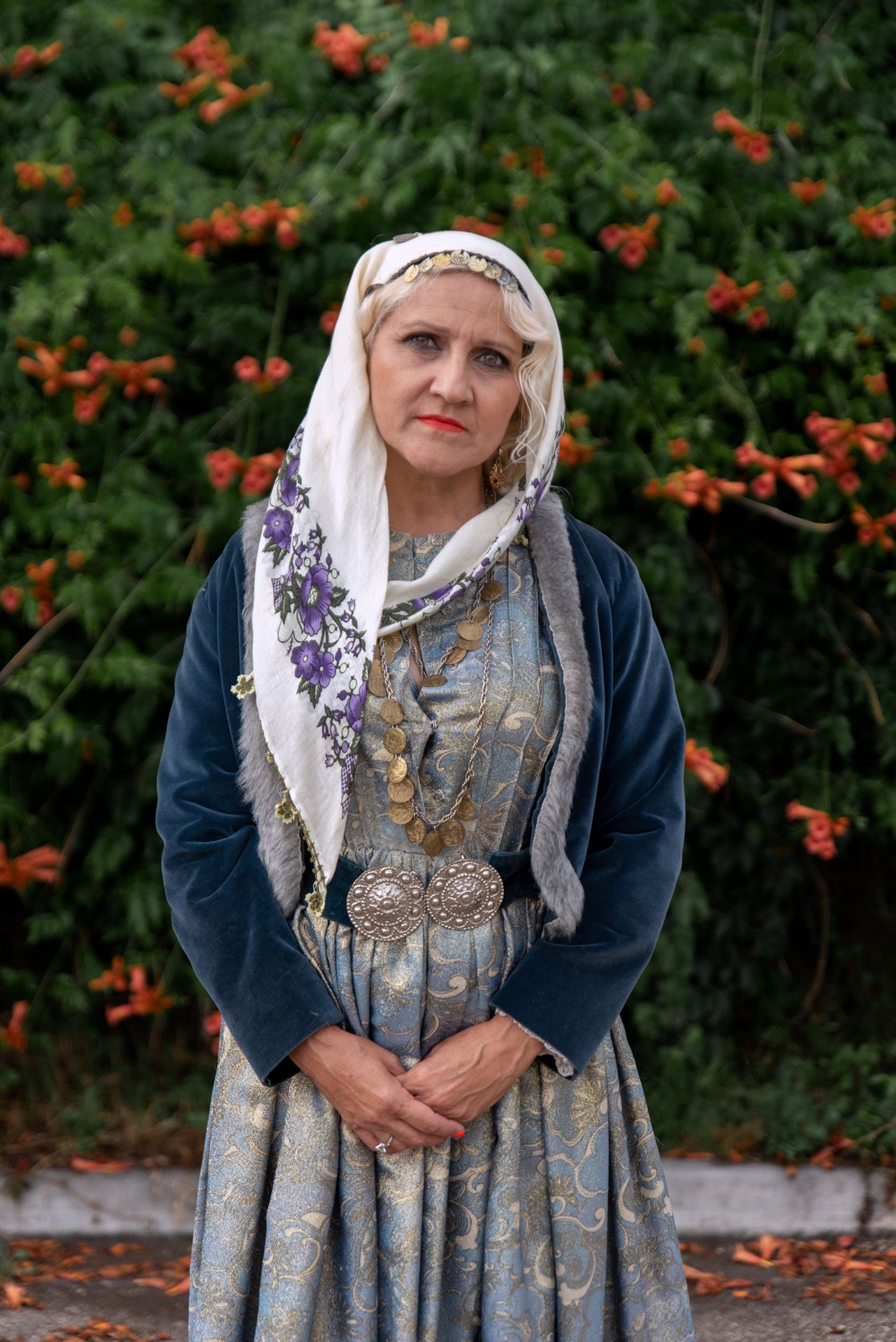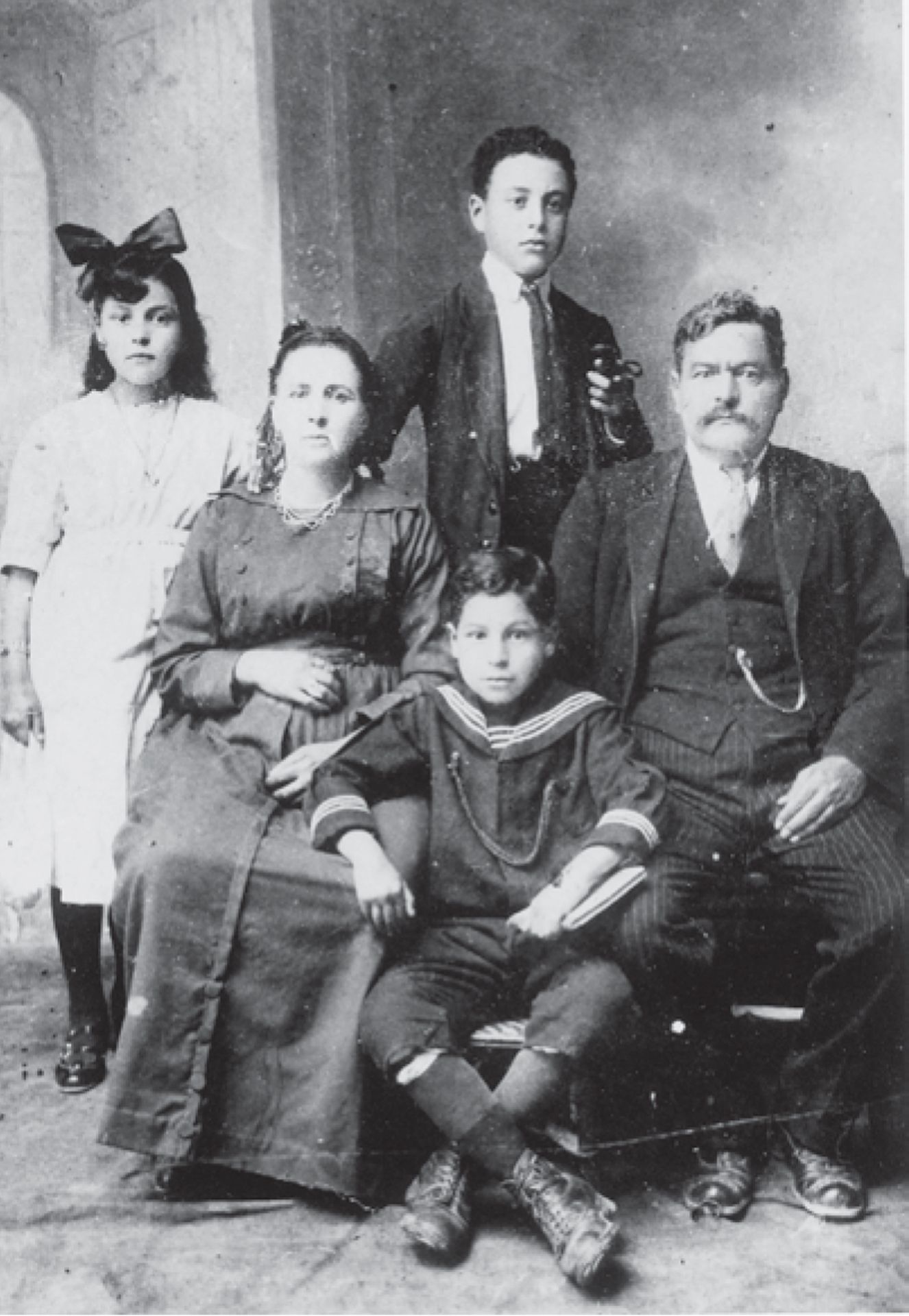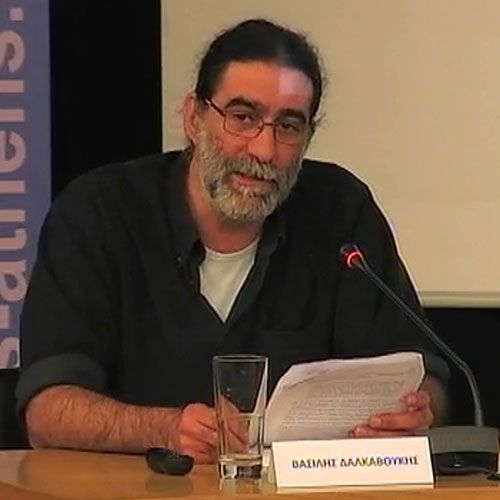TINOS EISAI;
The «Τίνος Είσαι;» project refers to the self-defining of the 3rd and 4th generation of people who founded and formed the city of Alexandroupolis.

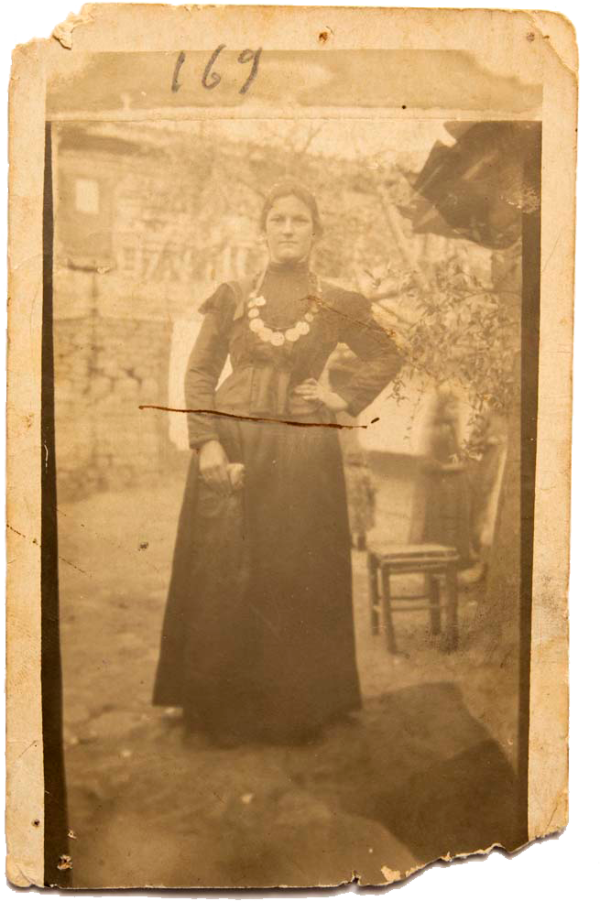
TINOS EISAI?
The «Τίνος Είσαι;»1 project refers to the self-defining of the 3rd and 4th generation of people who founded and formed the city of Alexandroupolis. This project researches the way that the young people of the city discover their cultural background and their ethnic and cultural identity and groups they belong to, through the everyday stories, the sounds, and the memories of their ancestors.
The goal of this project is to help the young people of Alexandroupolis, the descendants of the first habitants and refugees who founded the city, to get to know the different cultures that exist in the city they live in by using their personal engagement and memories. By reviving their ethnic and cultural past, we aim to help them personally engage with the concept of immigration and understand the common stories that unite all those who were forced to abandon their ancestral home due to violence, war conflict or poverty.
By using photography, testimonial videos, music, and educational programs, our wish is that the young people of Alexandroupolis can reflect and ponder upon the trauma of immigra#on, the importance of maintaining the memory, and the meaning of cultural identity and heritage.
1 «Τίνος Είσαι;» (“Tinos Eisai?") is a Greek expression that translates as “whose are you”? meaning “who are your parents/ where do you come from”?
Alexandroupolis
HOW WAS ALEXANDROUPOLI CREATED?
The creation of Alexandroupolis started in 1870 when the Ottoman Empire decided to connect Edirne (Andrianoupolis) with the sea by railway. The largest port of the area until that time was our neighboring city of Enez (Ainos), but the port of Enez was gradually closing due to the embankments of Evros river.
So, at first the port was constructed and then used for the transportation of the materials necessary for the construction of the railway. Since then and until 1920 Alexandroupolis was a multicultural city with the first inhabitants who came to live and work being Greeks, Turks, Armenians, Bulgarians, Jews and Levantines.
In 1920, when Thrace was united with the rest of Greece most Turks and Bulgarians left the city. In 1922, because of the Treaty of Lausanne, refugees from North and East Thrace, Asia Minor and Pontus began to arrive in Alexandroupolis. Out of the many thousands of people that arrived at that time, more than 6.000 settled permanently doubling the city’s population.
The largest refugee populations that arrived in Alexandroupolis came from Enez, East Romelia, Karagats and Edirne, Cappadocia, Apolloniada, Sile and Pontus. The Sarakatsani, a nomadic group of people of the wider region of Thrace, also followed.
In the 1960s, when the phenomenon of urbanism started in the area, many habitants of rural areas from all over Evros left the countryside and settled in the city, increasing the population to 37.000 people by 1990. After 1992, there is a second refugee and immigrant wave of people from the former Soviet Union, who also settled in Alexandroupolis. According to the 2011 population census, the habitants of Alexandroupolis reach the number of 73.000 people.


